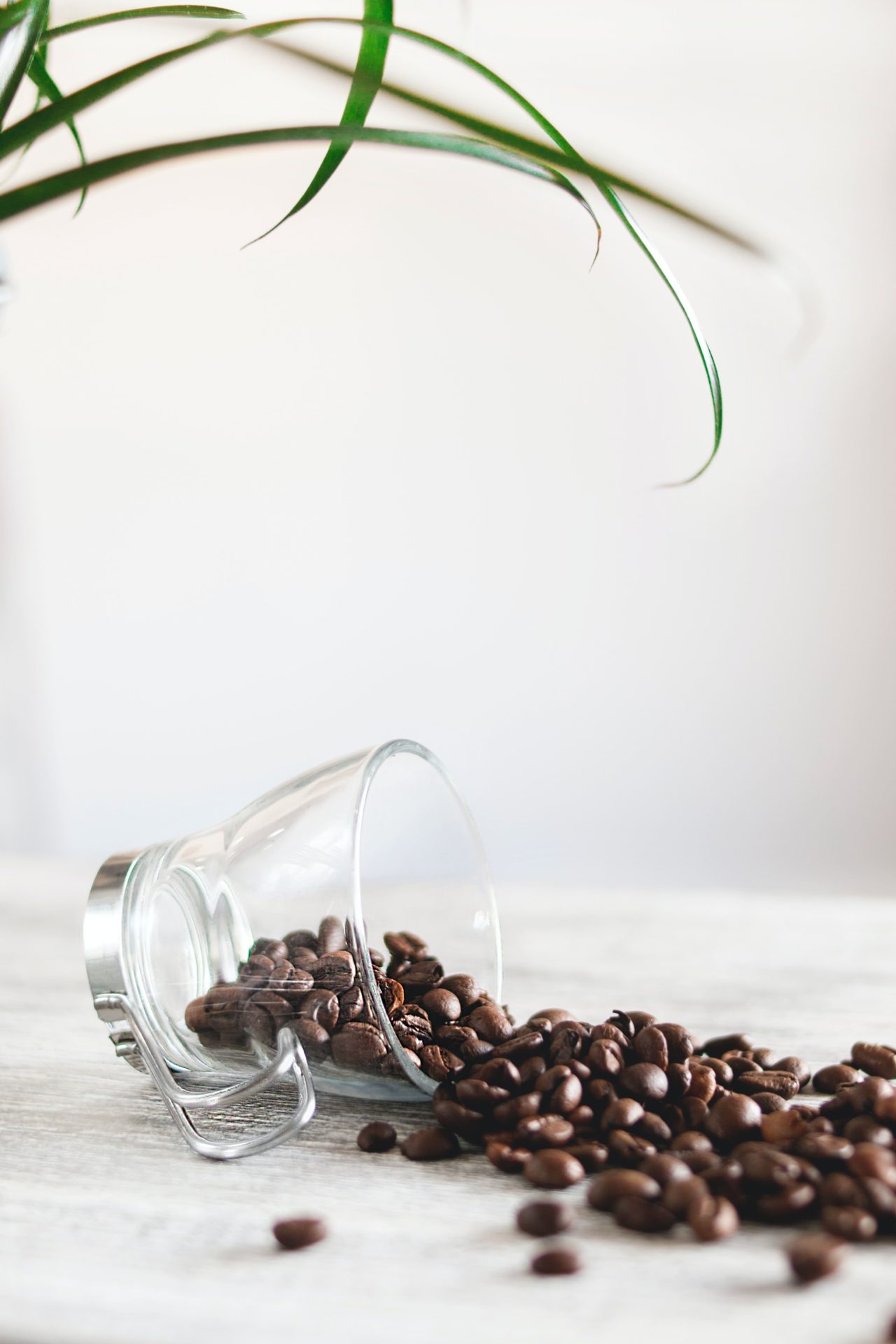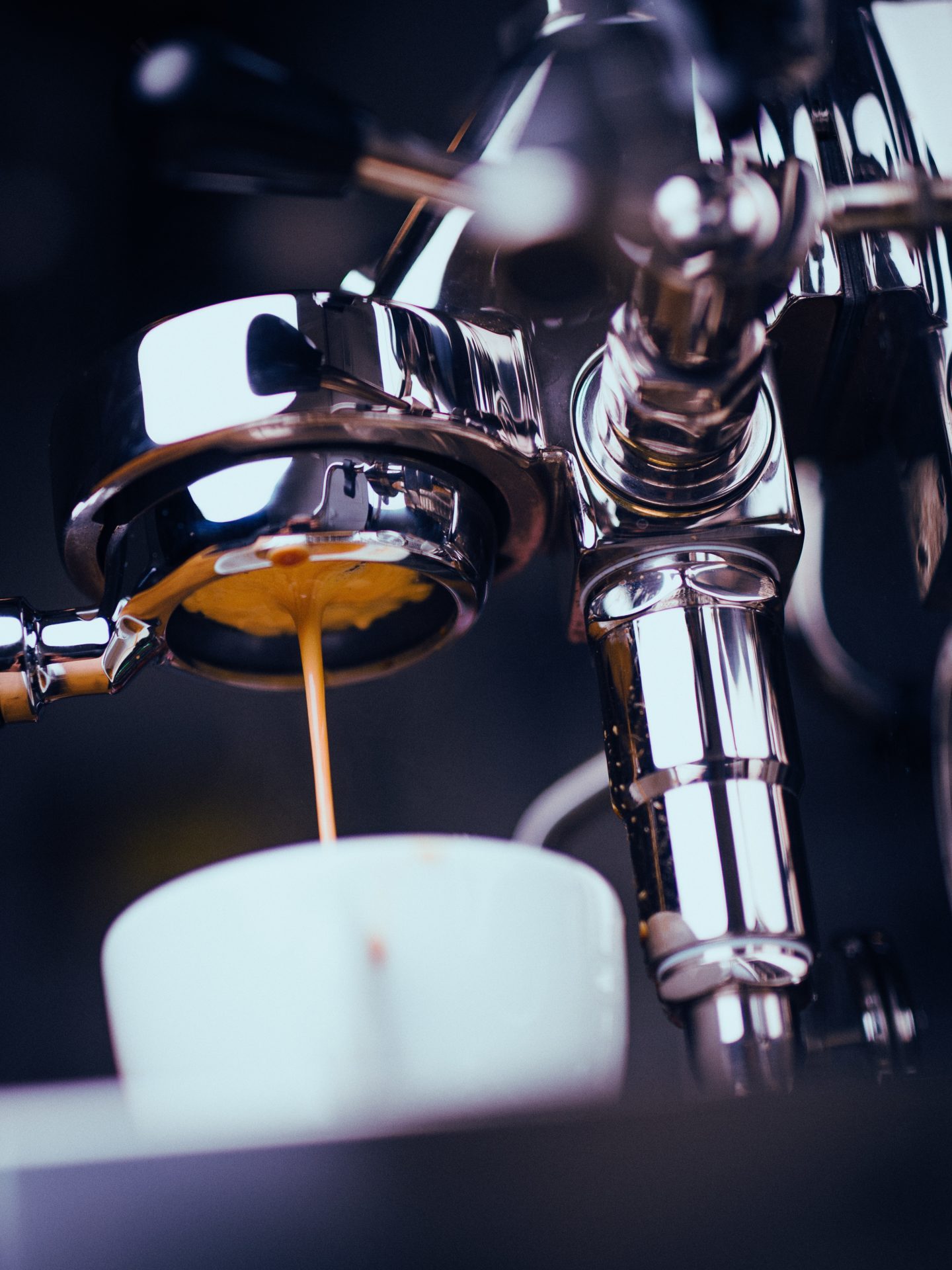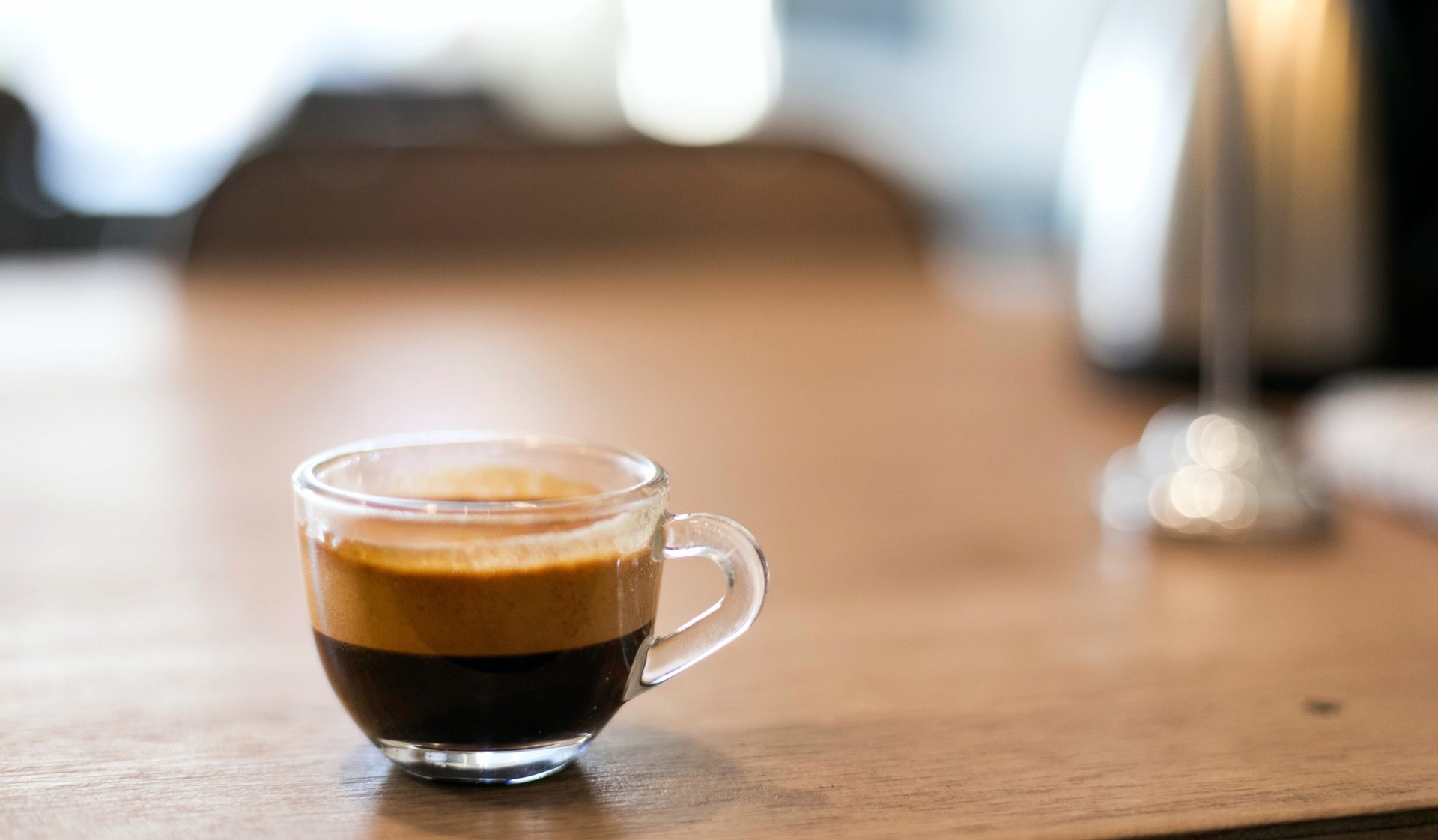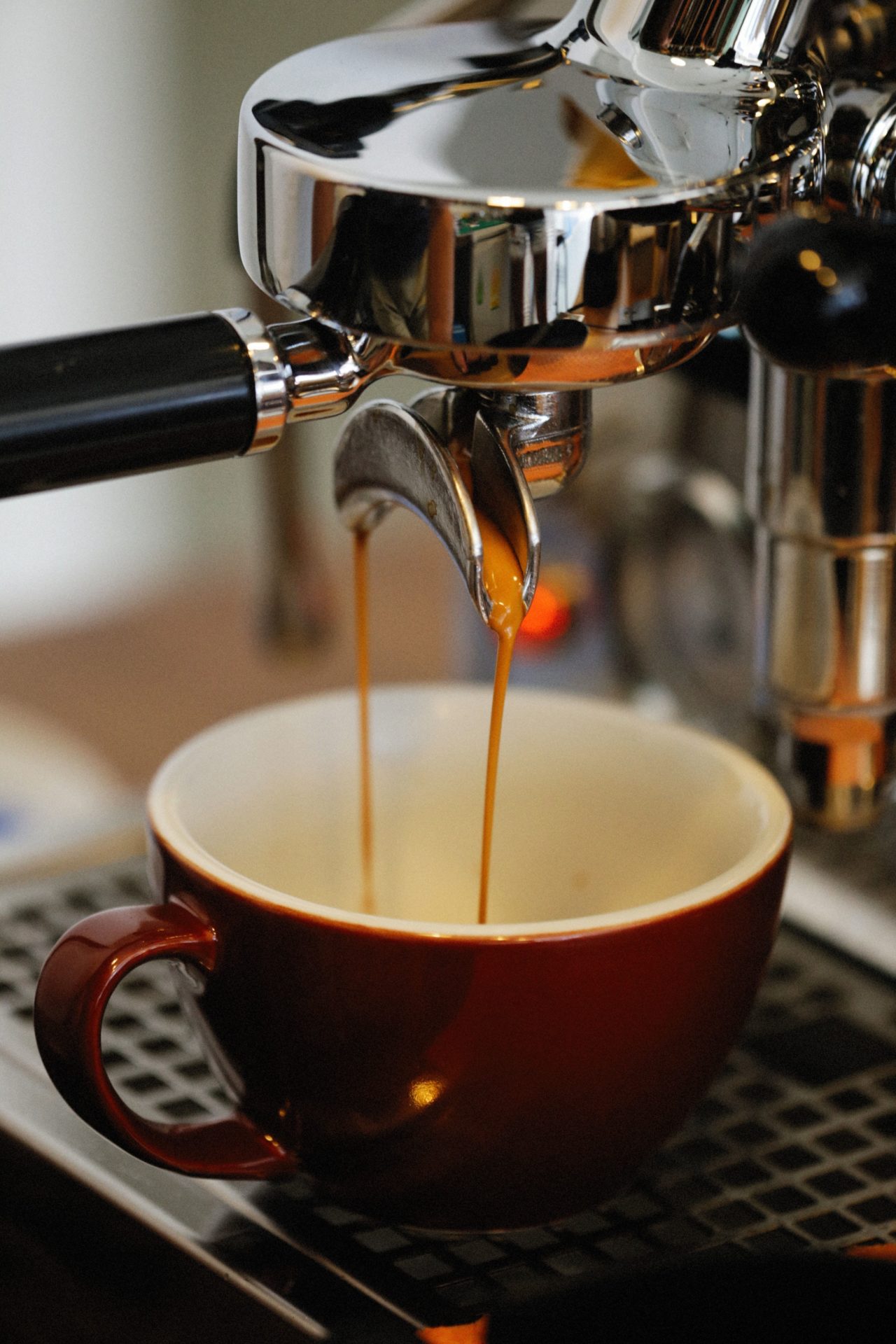How to Make Barista Quality Espresso at Home
For coffee lovers, being able to make their barista-quality espresso at home can be a dream come true. Gone are the days where you had to spend way too much money to get one cup of coffee. Now you can make it on your own.
And did we mention the best part?
You don’t have to be an experienced barista to make that perfect shot. All you need is the right coffee, the right equipment, and the right technique to get that flavorful, rich espresso you desire so much.
If that’s your plan then you’ve come to the right place! We’re here to help you achieve that barista-quality espresso right from the comfort of your home. So, let’s not waste any more time and jump right into it.
What is Espresso?
An espresso is a concentrated, full-flavored form of coffee that’s served as shots.
You’ll need an espresso machine to create it, which uses pressure hot water to press finely ground coffee beans through a filter. The result is a stronger-than-coffee beverage with a crema—a dark froth formed when air bubbles collide with the soluble oils in the ground coffee.
The crema adds to the lingering aftertaste and rich flavor of the espresso. You can have it as it is or you can use it to make several drinks such as an Americano or a cappuccino.
We recommend you do some research and go for the most Popular Espresso Machine in the market that has good reviews. This will save you time and money while also providing you with a lovely cup of espresso to start your day.
Good Coffee Starts with Good Coffee Beans
Now that you have an idea about what espresso is, it’s time to learn more about coffee beans.
It’s best if you have a specialty coffee that is fresh, recently roasted, less acidic, and has a lot of chocolate, sugar, caramel, and red fruits. Not only that, but you should also pay attention to the coffee’s roast profile as well.
Roast Profiles
Dark roasts taste bitter, while roasts that are too light might be less acidic and lack the balance and sweetness that’s needed to make a quality espresso.
Similarly, the roast date is important too. As you may already know, coffee can go stale over time. However, it’s not a good idea to use fresh coffee either. Coffees need to degas—a slow release of carbon dioxide that gets built up during roasting.
It can get tricky if the coffee degases too quickly as it can hamper the extraction of aroma compounds and flavor. On the other hand, if the coffee degases too much, the flavor will be reduced and thus it will be hard to achieve crema.
We recommend buying whole beans instead. That way you can keep them stored somewhere away from oxygen, sunlight, heat, and humidity. You can also buy small amounts to keep the coffee fresh.
Having the Right Equipment is Key
Finally, it’s time to move on to the next important issue: having the right equipment. There’s a common misconception that good equipment will give you the best quality espresso. While that’s not the case, it certainly does help.
Here are the two most important things you’ll be needing to get that barista-quality espresso:
A Grinder
A grinder will help to figure out how much you make out of coffee. Having consistent grind particles and a range that you can use from coarse to fine is vital if you want to adapt to each coffee and get the best out of it.
We suggest you go for a flat burr grinder. Not only does it start faster, but it’ll also help you to create uniform sizes as well.
An Espresso Machine
When looking for an espresso machine, always look for the volume of water and stability in the pressure. The idea is that your machine should be able to give you the same results from the first cup to the last.
Another thing you should inquire about is the boiler. If you want to do latte art, an independent group head boiler is the way to go since it allows you to employ steam without compromising the machine’s stability or espresso consistency.
It’s important to consider user-friendliness as well. No matter what machine you end up buying, it won’t mean much if you don’t know how to use all the features. Thankfully, some machines have a control panel that allows you to adjust the dosage, temperature, pre-infusion, and more. Go for a machine that you’re confident you can use.
Importance of Grinding Your Coffee Well
Grinding your coffee well is essential if you want to get the best espresso. When you’re grinding, consider the grind size because it can affect the aroma compounds in the beans and the extraction rate of the flavor. The finer your grind size is, the quicker the extraction will take place.
The next crucial thing is controlling the degree of extraction. This is important because the first compounds that get extracted create acidic, fruity flavors. The next ones bring out the sweetness, astringency, and bitterness. Always remember that the goal is to make a well-balanced coffee with some acidity, bitterness, and lots of sweetness.
The Right Grind Size
Grind size also affects how quickly water passes through the coffee, which is essentially how long it takes to pull a shot. If your grind is too fine, the coffee will end up looking like wet sand, and it’ll take too long for the water to push through. This also increases the degree of extraction and brew time.
Your grind should be amply fine so that it takes 20-30 seconds to pull the shot. If it isn’t, then the espresso will take less time, you won’t be able to extract the sweetness and instead will be left with salty and acidic flavors.
The extraction will be faster if your coffee is coarser. In the espresso cup, this will result in less bitterness and more acids being sensed. The secret is to use finer coffee, which slows the extraction process and results in less acidity but more bitterness.
The Coffee to Water Brewing Ratio
The next step is figuring out how much water you should use. This entirely depends on how strong you want your coffee to be. We recommend starting with a 1:3 ratio—for every gram of dry coffee, you’ll want 3ml of espresso.
Different Ratios Bring Different Results
With that being said, we also recommend you experiment with different recipes and ratios. If you like having strong coffee, use a 1:2 ratio. If you’re going for a lungo, then try 1:4 or even 1:5. It’s helpful to remember that there’s no such thing as the best recipe for achieving barista-quality espresso. At the end of the day, it depends on what suits your coffee and tastes best.
Nonetheless, recipes help you to measure the coffee and water with a scale. You may have noticed baristas weighing both the ground coffee and the extracted shot. This allows them to use the precise ratio and ensure the same precise coffee every time. Fortunately, it’s a process that’s super easy for home baristas to achieve.
Water Quality and Temperature
At this point, you must be wondering how much water you should use. It’s not so much about how, but more like what kind of water you should be using.
Water Quality
That’s right, poor quality water can easily damage your equipment. Hard water especially can lead to limescale build-up, which will affect your machine’s performance.
Not only that, but water quality can also play a role in how your coffee tastes. Using tap water that’s treated with chlorine will make your espresso dull. And soft water will leave your coffee flat and lacking in body.
It’s best to use water with a neutral pH and total water minerality in between 100–140 milligrams per liter. You can also use bottled water or an active carbon filter.
Water Temperature
As for water temperature, you have the space to experiment with this to make an impact on your extraction. For instance, the hotter the water is, the faster the aromas and flavors will extract.
It only takes a couple of degrees hotter or cooler to change the flavor entirely. That’s why it’s vital to have temperature stability. So it’s best to stick to degrees between 90-93°C.
Even Distribution and Tamping
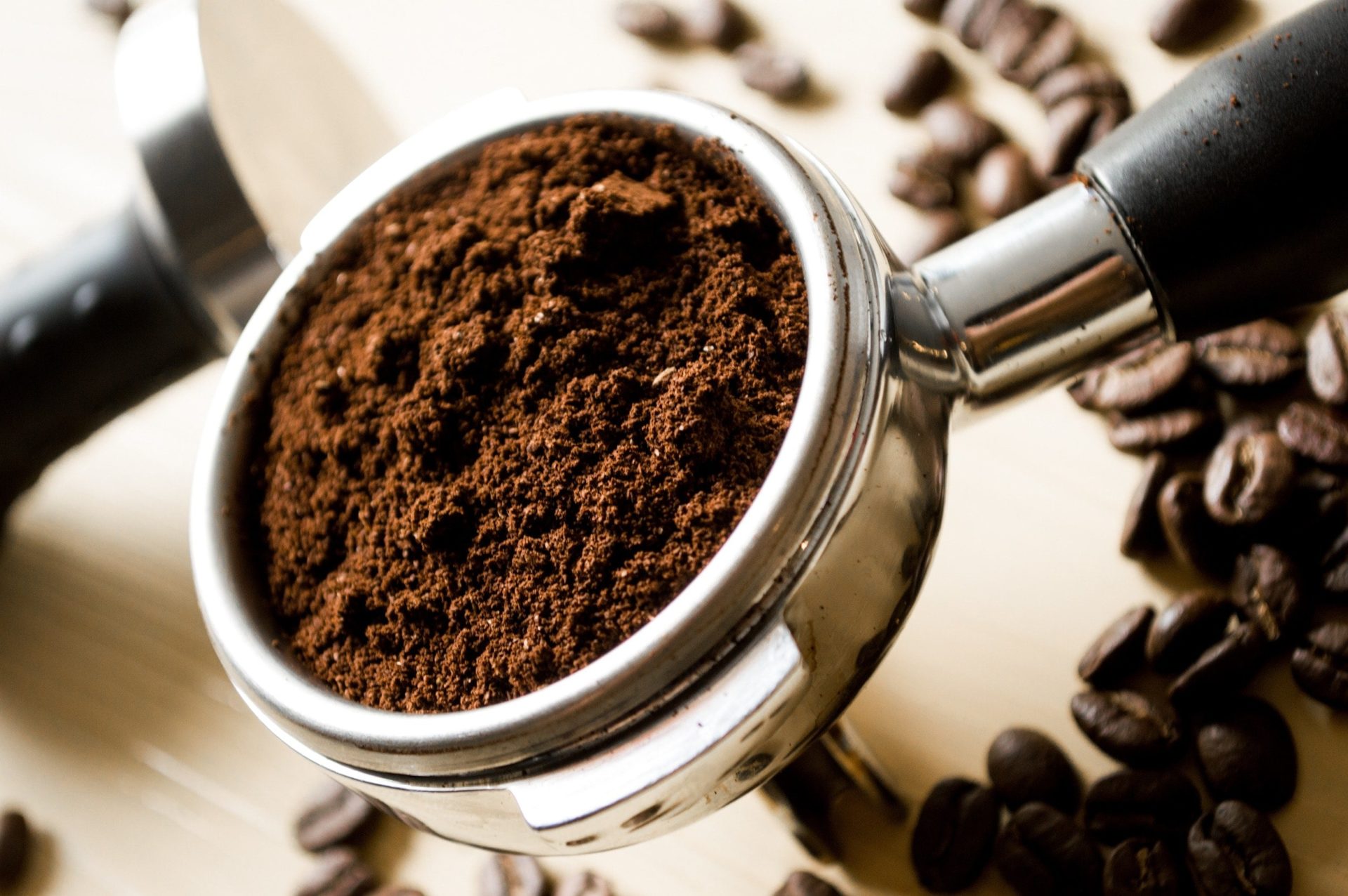
A good cup of coffee is based on the idea that the various coffee grinds are all extracted to the same degree, or as near to it as feasible. However, if the grounds are packed more tightly together in one section of the portafilter than in another, it’ll make the water flow through the area that has more air and less resistance.
This will lead to some grinds being over-extracted and others, which are not so exposed to the water, being under-extracted.
Even Tamping
Before you start tamping, always make sure the grounds are evenly spread. If you grind directly into the portafilter, then you can move it around during the dosing stage to help secure it.
Once you’ve distributed your coffee, you can begin tamping. You’ll need to tamp the coffee consistently and evenly to extract the sugars and flavors into the espresso cup. Even when you’re doing it at home, you have to do it right to get the best result.
It’s not necessary to add lots of pressure, just as much is enough to compact the coffee so that the water comes across the same level of resistance.
Finally, after all the grinding, selecting the correct ratio, and tamping, you’re finally able to pull that delicious espresso shot you’ve been longing for.
Final Thoughts
In conclusion, we’d like to say that making a barista-quality espresso isn’t that hard if you have the right equipment, proper knowledge, and patience. Once you’ve gotten the hang of it, you’ll be pulling shots like a pro.
Don’t forget to let us know if you have your way of pulling a shot or if this article has helped you to give it a try!


